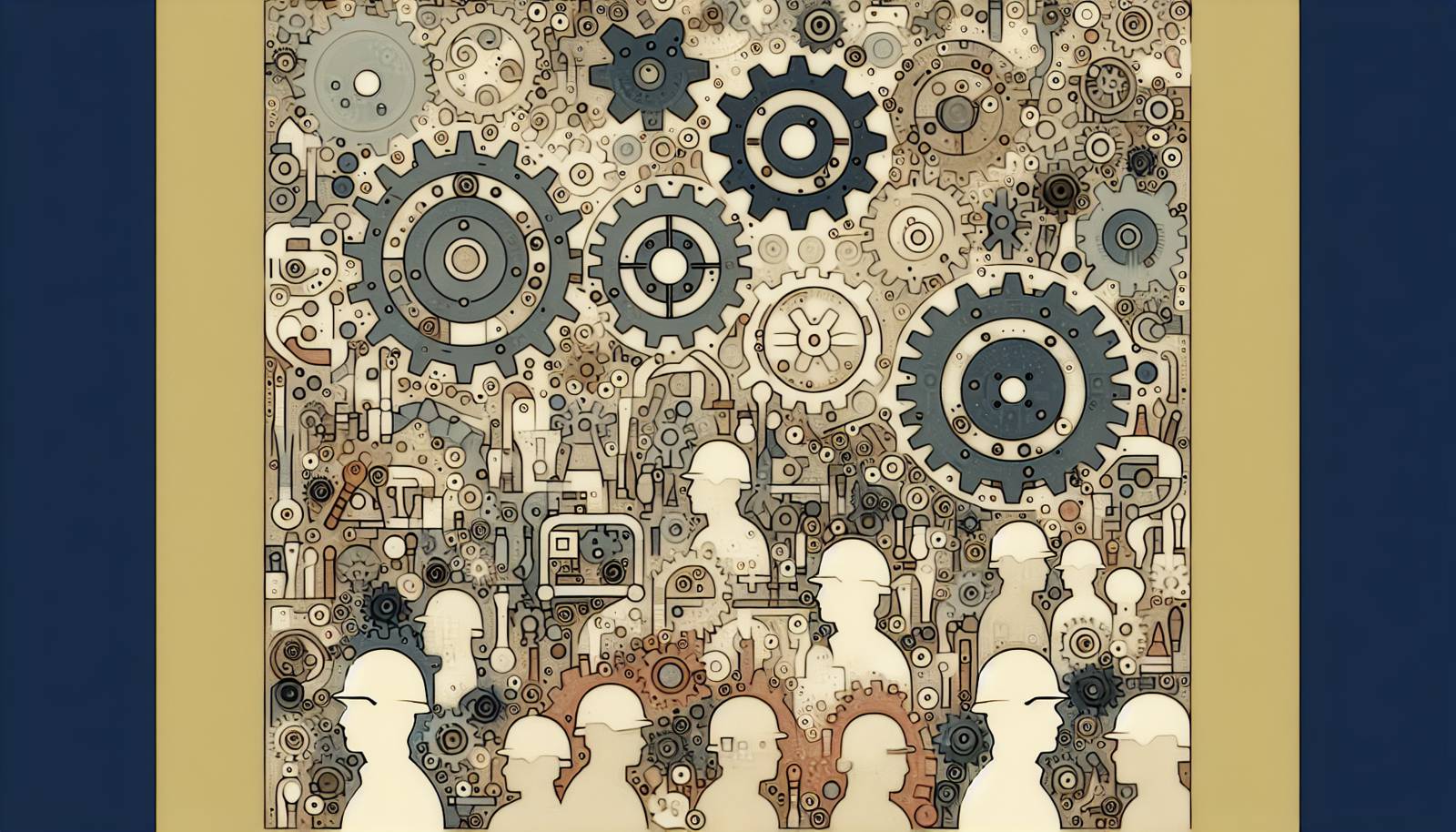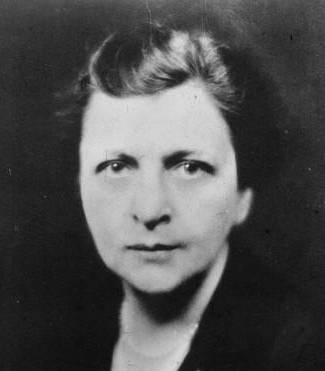
FAQ About Frances Perkins

Who was Frances Perkins?
Frances Perkins was the first female member of the United States Cabinet, serving as the Secretary of Labor from 1933 to 1945 under President Franklin D. Roosevelt. She played a key role in reshaping the American labor landscape through her work on policies that became part of the New Deal.

What were Frances Perkins' major contributions as Secretary of Labor?
Frances Perkins made significant contributions to American social and labor policy. As Secretary of Labor, she was instrumental in the adoption of Social Security, minimum wage laws, unemployment insurance, and child labor restrictions. Her work laid the groundwork for many social safety nets we still rely on today.

How did Frances Perkins influence the New Deal?
Frances Perkins was one of the key architects of the New Deal, helping design major programs like Social Security and unemployment insurance. Her advocacy for a fair labor standards act and public work programs were crucial in addressing unemployment and economic disparity during the Great Depression.

What is Frances Perkins' legacy in labor rights?
Frances Perkins is regarded as a pioneer in labor rights for her efforts to enhance workplace safety, reduce work hours, and secure better pay for American workers. Her legacy includes foundational labor protections that improved conditions for workers nationwide and influenced global labor standards.

Did Frances Perkins face any challenges as the first female U.S. Cabinet member?
Yes, Frances Perkins faced numerous challenges, including skepticism and resistance from male colleagues and political figures who doubted her capabilities based on her gender. Despite this, her resilience and expertise established her as a crucial member of President Roosevelt's administration.

How was Frances Perkins involved in the Social Security Act?
Frances Perkins was instrumental in drafting the Social Security Act of 1935. She chaired the committee responsible for developing the act, championing the idea of social insurance against old age, poverty, and unemployment, thus providing economic security to millions of Americans.

What was Frances Perkins' background before joining the Cabinet?
Before joining the Cabinet, Frances Perkins had a strong background in social work and labor activism. She worked in various roles advocating for workers' rights, and her experience as the head of the New York State Department of Labor equipped her with insights crucial for her role as Secretary of Labor.

What significant labor legislation did Frances Perkins contribute to?
Frances Perkins played a significant role in the creation of the Fair Labor Standards Act of 1938, which established a minimum wage, overtime pay, and prohibited oppressive child labor. This legislation was groundbreaking for improving labor conditions in the U.S.

Why is Frances Perkins considered a key figure in U.S. history?
Frances Perkins is considered a pivotal figure in U.S. history due to her transformative impact on labor laws and social welfare programs. Her work as Secretary of Labor fundamentally reshaped American society, ensuring more equitable economic policies and protections for workers.

What impact did Frances Perkins have on women's roles in government?
Frances Perkins broke significant barriers as the first woman to serve in the U.S. Cabinet, paving the way for future generations of women in government. Her appointment demonstrated that women could hold high-ranking positions and effectively manage national policies, inspiring many to pursue careers in public service.

How did Frances Perkins' work impact future labor rights movements?
Frances Perkins' work established foundational principles that have continued to influence labor rights movements. Her policies on workplace safety, fair wages, and employment benefits inspired future advocates and lawmakers, serving as a blueprint for ongoing improvements in labor standards.

Where and when was Frances Perkins born?
Frances Perkins was born on April 10, 1880, in Boston, Massachusetts. She grew up in Worcester, Massachusetts, and later attended Mount Holyoke College, where she developed her interests in social issues.

What educational background did Frances Perkins have?
Frances Perkins graduated from Mount Holyoke College in 1902 with a degree in chemistry and physics. She furthered her education at Columbia University where she studied economics and sociology, providing her with a robust framework for her future social work and labor reform efforts.

What motivated Frances Perkins to pursue labor reforms?
Frances Perkins was deeply influenced by witnessing the Triangle Shirtwaist Factory fire in 1911, which killed 146 garment workers. This tragic event galvanized her commitment to improving working conditions and advocating for labor reforms to protect the welfare and safety of workers.

What achievements led Frances Perkins to be appointed as the Secretary of Labor?
Frances Perkins' extensive experience in labor issues, her success as the head of the New York State Department of Labor, and her active role in advocating for labor reforms made her a strong candidate for Secretary of Labor. Her appointment was a testament to her expertise and dedication to workers’ rights.

How did Frances Perkins balance her role in the Roosevelt administration during wartime?
During World War II, Frances Perkins played a crucial role in addressing labor shortages and increasing industrial production. She worked on policies to ensure adequate protection and compensation for workers contributing to the war effort, maintaining labor peace to support national interests.

Did Frances Perkins write any books or publications?
Yes, Frances Perkins authored several works including her memoir The Roosevelt I Knew, published in 1946. This book provides insights into her experiences in the Roosevelt administration and her perspectives on the political and social challenges of the era.

What was the Triangle Shirtwaist Factory fire, and how did it influence Frances Perkins?
The Triangle Shirtwaist Factory fire was a devastating industrial disaster that occurred in New York City in 1911, killing 146 workers, most of whom were young immigrant women. Witnessing this tragedy deeply influenced Frances Perkins' commitment to labor reform, focusing on improving safety and working conditions.

How is Frances Perkins remembered today?
Frances Perkins is remembered as a trailblazer and visionary whose contributions have had a lasting impact on labor rights and social welfare. Numerous buildings, scholarships, and events are named in her honor, recognizing her enduring legacy in advancing social justice and labor equality.

What challenges did Frances Perkins address during her tenure?
During her tenure, Frances Perkins addressed numerous challenges including massive unemployment, unsafe work conditions, and inadequate social safety nets. Her leadership was pivotal in crafting policies that alleviated these issues, fundamentally transforming the labor landscape in the United States.
